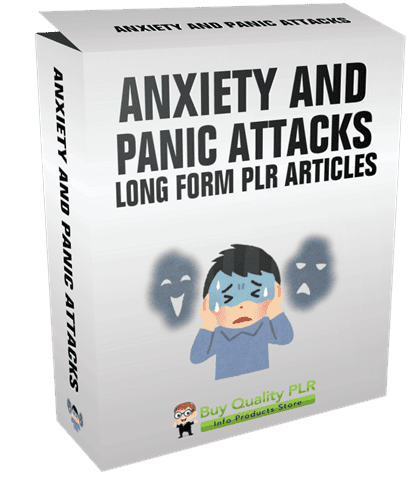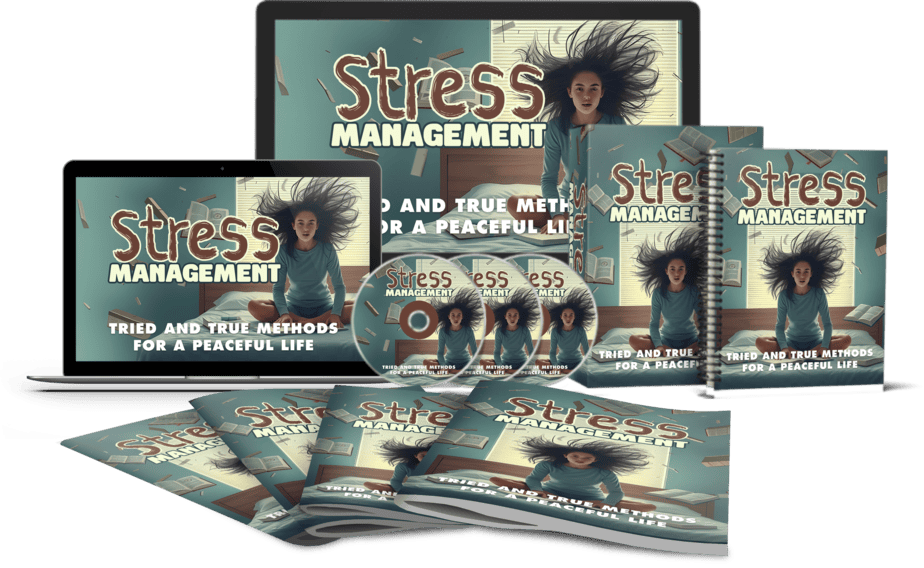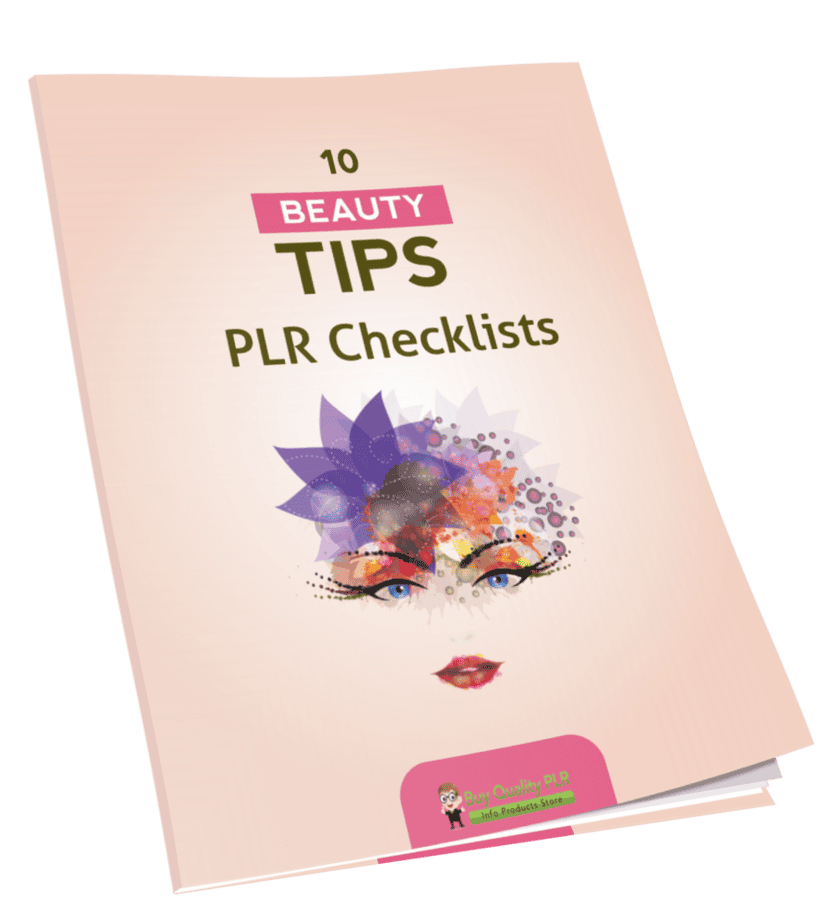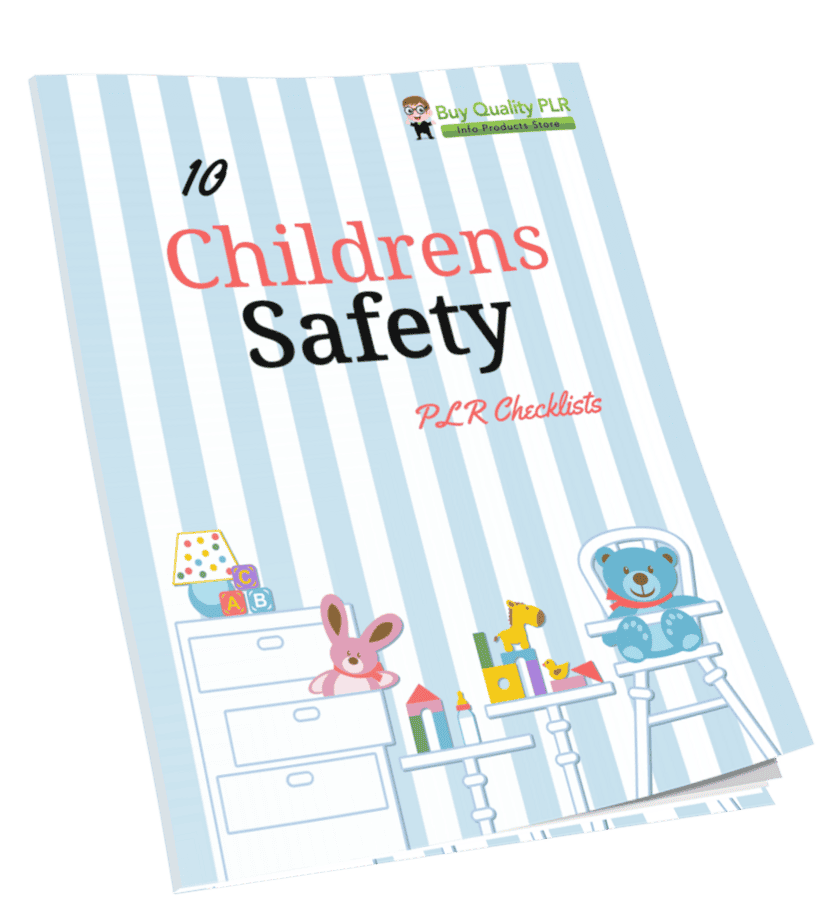
10 Long Form Anxiety and Panic Attacks PLR Articles 31k Words
in Anxiety PLR , Anxiety PLR Articles , Health PLR , Health PLR Articles , Long Form PLR Articles , Panic PLR , Panic PLR Articles , PLR Article Packs , PLR Articles , Private Label Rights ProductsChoose Your Desired Option(s)
has been added to your cart!
have been added to your cart!
#anxietyrelief #mentalhealth #panicattack #copingstrategies #mindfulness #emotionalwellness #anxietymanagement #mentalhealthawareness #stressmanagement
Are you tired of finding PLR articles that are only 500–800 words long and leave you underwhelmed by the amount of content provided?
Today, we have the perfect solution for you…
It’s called long-form PLR articles!
What are long-form PLR articles?
They are PLR articles that are over 2000 words each, and you can use them for pretty much anything you’d like, except sell them as PLR.
To see the license terms of our long-form PLR article packs, scroll to the bottom of this page.
has been added to your cart!
have been added to your cart!
10 Long Form Anxiety and Panic Attacks PLR Articles 31k Words
Here are the article titles and word count for each article:
- Am I Having a Panic Attack? How to Identify the Signs – (2187 words)
- Finding Relief: The Best Medications for Managing Panic Attacks and Anxiety – (3141) words
- Recognizing Anxiety: Common Symptoms and How to Spot Them – (3719 words)
- Navigating Anxiety Attacks: Understanding and Managing the Overwhelm – (3296) words
- Exploring the Spectrum: Different Types of Anxiety Disorders – (3091 words)
- Healing from Within: Effective Treatments for Anxiety Disorders – (2682 words)
- Demystifying Anxiety: Is It a Mental Illness? – (2494 words)
- Unraveling the Mystery: What Exactly is a Panic Attack? – (2445 words)
- Understanding Panic Attack Symptoms in Women: A Detailed Look – (2657 words)
- Need Immediate Relief from an Anxiety Attack? Here’s How to Help Yourself – (2686 words)
Sample Article:
- Anxiety Disorders Explained: What They Are and How They Affect Us – (2301 words)
All long-form PLR articles are provided in Word Doc format.
Here’s a sample article so you know what to expect and can see the quality of the long form PLR content before buying:
This is a sample long-form PLR article from https://www.buyqualityplr.com/plr-store/products/long-form-plr-articles/
chances of converting visitors into customers.
Anxiety Disorders Explained: What They Are and How They Affect Us
Introduction
Anxiety disorders are prevalent mental health conditions that affect millions of people worldwide. Despite their prevalence, there are still many misconceptions surrounding these disorders. This blog aims to provide an overview of anxiety disorders and debunk common misconceptions associated with them.
Overview of anxiety disorders
Anxiety disorders are a group of mental health conditions characterized by excessive worry, fear, or anxiety. There are several types of anxiety disorders, including generalized anxiety disorder, panic disorder, social anxiety disorder, and specific phobias. Some people may have a combination of these disorders.
Common misconceptions about anxiety disorders
There are many myths surrounding anxiety disorders that can hinder people from seeking the necessary help and support. Here are some of the most common misconceptions:
- Anxiety disorders are not real illnesses: Anxiety disorders are real mental health conditions that can be diagnosed and treated.
- Anxiety disorders are just a sign of weakness: Anxiety disorders can affect anyone, regardless of their strengths or weaknesses.
- Anxiety disorders are caused by personal failures: Anxiety disorders are not caused by personal failures. They are often the result of a combination of factors, including genetics, environment, and life experiences.
- Anxiety disorders can be cured with willpower alone: Willpower alone is not enough to overcome an anxiety disorder. It requires a combination of therapy, medication, and lifestyle changes.
Anxiety disorders are real mental health conditions that can significantly impact a person’s well-being if left untreated. It is essential to understand the nature of anxiety disorders and debunk the common misconceptions surrounding them to ensure that people receive the necessary help and support for their recovery.
Generalized Anxiety Disorder (GAD)
Overview of GAD symptoms and diagnosis
Generalized Anxiety Disorder (GAD) is a type of anxiety disorder that is characterized by persistent and excessive worry and anxiety about everyday events and activities. People with GAD often worry about a wide range of things, like work, school, finances, relationships, and health, among others.
The symptoms of GAD can vary from person to person, but the most common ones include:
- Excessive worry and anxiety that are difficult to control
- Restlessness or feeling on edge
- Fatigue
- Difficulty concentrating or mind going blank
- Irritability
- Muscle tension
- Trouble with sleep
To diagnose GAD, a mental health professional will conduct a thorough evaluation of the person’s symptoms, medical history, and mental health history. They may also use diagnostic tools like questionnaires or psychological tests to help with the assessment.
Treatment options for GAD
There are various treatment options available for GAD, including:
- Therapy: Several types of therapy have been shown to be effective in treating GAD, including cognitive-behavioral therapy (CBT), which helps people identify and change negative thought patterns and behaviors.
- Medication: Antidepressants and anti-anxiety medications are often prescribed to help manage the symptoms of GAD.
- Lifestyle changes: Practicing relaxation techniques, regular exercise, and reducing caffeine and alcohol intake can help manage symptoms of GAD.
In some cases, a combination of these treatments may be recommended for the best results. It is important to work closely with a mental health professional to find the most effective treatment plan for GAD.
GAD is a type of anxiety disorder that is characterized by excessive worry and anxiety about everyday events and activities. With appropriate treatment, people with GAD can manage their symptoms and improve their quality of life.
Panic Disorder
An overview of panic disorder symptoms and diagnosis
Panic disorder is a type of anxiety disorder that is characterized by sudden and recurring panic attacks. Panic attacks are intense periods of fear that can last for several minutes or more. During a panic attack, a person may experience symptoms like:
- Rapid heartbeat
- Sweating
- Trembling or shaking
- Shortness of breath
- Chest pain or discomfort
- Nausea or abdominal distress
- Feeling dizzy, lightheaded, or faint
- Feeling detached from oneself or reality
To be diagnosed with panic disorder, a mental health professional will evaluate the frequency and severity of a person’s panic attacks, as well as other factors like medical history and mental health history.
Treatment options for panic disorder
There are several treatment options available for panic disorder, including:
- Therapy: Cognitive-behavioral therapy (CBT) has been shown to be effective in treating panic disorder by helping people modify negative thought patterns and behaviors that can trigger panic attacks.
- Medication: Antidepressants and anti-anxiety medications are often prescribed to help manage the symptoms of panic disorder.
- Relaxation techniques: Practicing relaxation techniques like deep breathing, progressive muscle relaxation, and mindfulness meditation can help reduce the symptoms of panic disorder.
It’s important to work closely with a mental health professional to find the most effective treatment plan for panic disorder. With appropriate treatment, people with panic disorder can learn to manage their symptoms and improve their quality of life.
Social Anxiety Disorder (SAD)
Overview of SAD symptoms and diagnosis
Social Anxiety Disorder (SAD) is a type of anxiety disorder that is characterized by an intense and persistent fear of social situations. People with SAD may experience symptoms such as:
- Excessive self-consciousness
- fear of others’ scrutiny or judgment
- Avoidance of social situations or activities
- Physical symptoms such as blushing, sweating, or shaking
- Panic attacks or feelings of extreme anxiety
To be diagnosed with SAD, a mental health professional will assess the symptoms and evaluate their impact on the person’s daily life. They may also consider factors like the person’s medical history and any previous mental health diagnoses.
Treatment options for SAD
Fortunately, there are several effective treatment options for SAD, including:
- Therapy: Cognitive-behavioral therapy (CBT) has been shown to be a particularly effective treatment for SAD. CBT can help people learn to identify and modify negative thought patterns and develop coping skills to manage anxiety in social situations.
- Medication: Antidepressants and anti-anxiety medications may also be prescribed to help manage the symptoms of SAD.
- Exposure therapy: Exposure therapy involves gradually facing and confronting feared social situations with the guidance of a mental health professional. Through repeated exposure, a person can learn to manage their anxiety symptoms and feel more comfortable in social situations.
It’s essential to seek treatment for SAD, as it can significantly impact a person’s quality of life and ability to function in daily activities. Working with a mental health professional can help individuals learn to manage their anxiety symptoms and improve their overall well-being.
Obsessive-Compulsive Disorder (OCD)
Overview of OCD symptoms and diagnosis
Obsessive-Compulsive Disorder (OCD) is a mental health condition that is characterized by intrusive, unwanted thoughts and repetitive behaviors or compulsions that a person feels compelled to perform. Common symptoms of OCD may include:
- Obsessive thoughts or fears about harm coming to oneself or others
- Repeatedly checking things (such as locks or appliances) to prevent harm
- Excessive cleaning or hygiene rituals
- Counting or arranging things in a particular way
- Avoidance of certain objects or situations
To be diagnosed with OCD, a mental health professional will evaluate a person’s symptoms and consider the impact they have on their daily life. They may also consider factors such as the severity and duration of the symptoms, along with the person’s medical and psychiatric history.
Treatment options for OCD
Fortunately, there are several effective treatment options for OCD that can help individuals manage their symptoms and improve their quality of life. These may include:
- Therapy: Cognitive-behavioral therapy (CBT) is often used to treat OCD. This type of therapy can help individuals learn to manage their thought patterns and develop coping skills to manage compulsions.
- Medication: Antidepressants and anti-anxiety medications can also be prescribed to help manage the symptoms of OCD.
- Exposure and Response Prevention (ERP) therapy: ERP involves gradually exposing a person to situations or objects that trigger their obsessive thoughts while helping them learn to resist their compulsive behaviors.
It’s essential for individuals with OCD to seek professional help, as the condition can significantly impact their daily lives and lead to decreased functioning and quality of life. By working with a mental health professional and utilizing effective treatment strategies, individuals with OCD can learn to manage their symptoms and live a fulfilling life.
Post-Traumatic Stress Disorder (PTSD)
Overview of PTSD symptoms and diagnosis
A traumatic event can cause Post-Traumatic Stress Disorder (PTSD), a mental health condition. It is characterized by symptoms such as intrusive memories, avoidance of triggers, and hyperarousal. Common symptoms of PTSD may include:
- Intrusive memories, nightmares, or flashbacks of the traumatic event
- Avoidance of triggers that may remind the person of the traumatic event
- Feelings of guilt, shame, or anger
- Hyperarousal, including difficulty sleeping, being easily startled, and feeling constantly on edge
To be diagnosed with PTSD, a mental health professional will evaluate a person’s symptoms and consider the impact they have on their daily life. They may also consider the severity and duration of the symptoms, along with the person’s medical and psychiatric history.
Treatment options for PTSD
Fortunately, there are several effective treatment options for PTSD that can help individuals manage their symptoms and improve their quality of life. These may include:
- Therapy: Cognitive-behavioral therapy (CBT) is often used to treat PTSD. This type of therapy can help individuals learn to manage their thought patterns and develop coping skills to manage symptoms.
- Medication: Antidepressants and anti-anxiety medications can also be prescribed to help manage the symptoms of PTSD.
- Eye Movement Desensitization and Reprocessing (EMDR): EMDR is a type of therapy that involves recalling the traumatic event while experiencing specific eye movements, which can help desensitize the individual to the memories.
It’s essential for individuals with PTSD to seek professional help, as the condition can significantly impact their daily lives and lead to decreased functioning and quality of life. By working with a mental health professional and utilizing effective treatment strategies, individuals with PTSD can learn to manage their symptoms and live a fulfilling life.
Specific Phobias
Overview of specific phobia symptoms and diagnosis
Specific phobias are a type of anxiety disorder that involves an intense, irrational fear of specific objects or situations. Like other anxiety disorders, specific phobias can significantly disrupt a person’s daily life and activities. Some common specific phobias include fear of heights, spiders, or flying.
Symptoms of specific phobias can vary depending on the type of phobia, but generally include intense fear or anxiety in response to the object or situation. Other symptoms may include avoidance of the object or situation, physical symptoms such as sweating or shaking, and feelings of helplessness or embarrassment.
To be diagnosed with a specific phobia, a mental health professional will evaluate a person’s symptoms and their impact on their daily life. They may also consider the duration and severity of the symptoms and any medical or psychiatric history.
Treatment options for specific phobias
Fortunately, there are several effective treatment options for specific phobias. These may include:
- Exposure therapy: This type of therapy involves gradually exposing the person to the feared object or situation, helping them to build up tolerance and eventually overcome their fear.
- Cognitive-behavioral therapy (CBT): CBT can help individuals learn to identify and challenge irrational thoughts and beliefs about a feared object or situation.
- Medications: In some cases, medications such as beta-blockers or anti-anxiety medications can be prescribed to help manage symptoms.
It’s important for individuals with specific phobias to seek professional help, as the condition can significantly impact their daily lives and lead to decreased functioning. With effective treatment and support, individuals with specific phobias can learn to manage their symptoms and live a fulfilling life.
Related Conditions
Overview of related conditions, such as agoraphobia and separation anxiety disorder
In addition to specific phobias, there are several related conditions that fall under the category of anxiety disorders. Agoraphobia is a fear of being in situations where escape may be difficult or help may not be available, such as crowds or public transportation. Separation anxiety disorder involves intense anxiety when separated from a loved one or caregiver.
Symptoms of these related conditions can include panic attacks, avoidance of certain situations, and difficulty functioning in daily life. Diagnosis is made through evaluation by a mental health professional, who will consider the presence and severity of symptoms.
Treatment options for related conditions
Like specific phobias, treatment options for related conditions may include exposure therapy, cognitive-behavioral therapy, and medication. Additionally, relaxation techniques such as deep breathing and mindfulness can be helpful in managing symptoms.
It is important for individuals experiencing symptoms of these related conditions to seek professional help in order to effectively manage their anxiety and improve their daily functioning. With the right treatment and support, individuals can learn to successfully manage their anxiety and lead fulfilling lives.
Conclusion
Summary of key points about anxiety disorders
Anxiety disorders can significantly impact an individual’s daily life and well-being. Excessive and ongoing fear or anxiety, frequently brought on by a particular thing or circumstance, characterizes them. The most common anxiety disorders include generalized anxiety disorder, social anxiety disorder, panic disorder, and specific phobias.
Symptoms of anxiety disorders can range from physical symptoms such as sweating and trembling to psychological symptoms such as worry and fear. It is important to seek professional help if symptoms persist and interfere with daily functioning.
Treatment options for anxiety disorders may include therapy, medication, and lifestyle changes such as regular exercise and stress management techniques. Exposure therapy and cognitive-behavioral therapy have been shown to be effective in treating anxiety disorders.
Encouragement to seek help and support for those experiencing anxiety disorders.
If you or someone you know is experiencing symptoms of anxiety disorders, it is important to seek help and support. Mental health professionals can provide an accurate diagnosis and offer treatment options that are tailored to individual needs.
It is important to remember that seeking help for anxiety disorders is a sign of strength and courage. With the right treatment and support, individuals with anxiety disorders can learn to manage their symptoms and improve their overall quality of life.
This is a sample article from BuyQualityPLR.com.
You can find more long-form PLR articles here:
https://www.buyqualityplr.com/plr-store/products/long-form-plr-articles/
has been added to your cart!
have been added to your cart!
Here’s the truth about long-form content:
Google prefers long-form content; they just tend to rank better than shorter articles as they provide better, more detailed answers to people who search on Google.
And if you hired a copywriter to write 2000+ articles, they would charge you $3–$5 per 100 words ($60 per article), which is the going rate for long-form unique articles.
So, a pack of 10 articles of 20,000 words could easily cost you $600 if you hired a copywriter to write unique content for you.
But today, you won’t pay anything near that for these 10 Long-form Anxiety and Panic Attacks PLR Articles .
These articles are available for $19.99; that’s $2 per article!
has been added to your cart!
have been added to your cart!
We are limiting these Anxiety and Panic Attacks long-form PLR articles to the next 100 customers.
So, you’ve got to act fast if you’d like to get a PLR license to these PLR articles today; once 100 licenses are sold, we will be removing them from our store.
Ways You Can Use PLR Articles:
- Blog Posts: Publish PLR articles on your blog to provide valuable content to your readers and drive traffic to your website.
- Social Media Content: Break down PLR articles into shorter snippets and share them on your social media platforms to engage your audience.
- Email Newsletters: Adapt PLR articles for your email newsletters to keep your subscribers informed and provide them with valuable insights.
- Lead Magnets: Transform PLR articles into downloadable guides, reports, or ebooks to offer as lead magnets and grow your email list.
- Content Upgrades: Enhance existing blog posts with relevant PLR articles as content upgrades, providing additional value to your readers.
- Guest Blogging: Rewrite and customize PLR articles to submit as guest posts on other blogs, increasing your visibility and authority.
- Online Courses: Utilize PLR articles as content modules or lessons for creating online courses and sharing your expertise.
- Podcast Episodes: Convert PLR articles into podcast episodes by narrating the content and providing additional insights.
- Video Scripts: Adapt PLR articles into video scripts for creating informative and engaging videos for your YouTube channel or other video platforms.
- Compilation Books: Compile multiple related PLR articles into a comprehensive ebook or print book, offering it as a product or giveaway.
Package Details:
10 Long-form Anxiety and Panic Attacks Articles (Titles below)
- Am I Having a Panic Attack? How to Identify the Signs – (2187 words)
- Finding Relief: The Best Medications for Managing Panic Attacks and Anxiety – (3141) words
- Recognizing Anxiety: Common Symptoms and How to Spot Them – (3719 words)
- Navigating Anxiety Attacks: Understanding and Managing the Overwhelm – (3296) words
- Exploring the Spectrum: Different Types of Anxiety Disorders – (3091 words)
- Healing from Within: Effective Treatments for Anxiety Disorders – (2682 words)
- Demystifying Anxiety: Is It a Mental Illness? – (2494 words)
- Unraveling the Mystery: What Exactly is a Panic Attack? – (2445 words)
- Understanding Panic Attack Symptoms in Women: A Detailed Look – (2657 words)
- Need Immediate Relief from an Anxiety Attack? Here’s How to Help Yourself – (2686 words)
Sample Article:
- Anxiety Disorders Explained: What They Are and How They Affect Us – (2301 words)
Total Word Count: (31 456 words)
Bonus Content
nxiety and Panic Attacks FAQs – (847 words)
PLR License Terms: What You Can Do:
- You can use this content on your blog.
- You can edit the content as you wish.
- You can use this content to create ebooks.
- You can use this content to create lead magnets.
- You can use this content to create video courses.
- You can use this content to create videos for YouTube.
- You can use this content to for content marketing.
- You can break the articles up into multiple articles.
- You can use the content for emails.
- You can use the content to create audios.
- You can sell the content in PDF format.
- You can use the content to create coaching courses.
- You can monetize the content with your affiliate links or own products.
- You can charge for access to read this content. For example, a paid ebook, membership site or other paid access content.
- You can translate the content into another language
- You can use the content anywhere you publish content
What you cannot do:
- You can sell PLR to this content.
- If you’re selling this content, it must be in PDF format.
- You CANNOT sell this product with a PLR, MRR or Resell Rights License.
Share Now!















